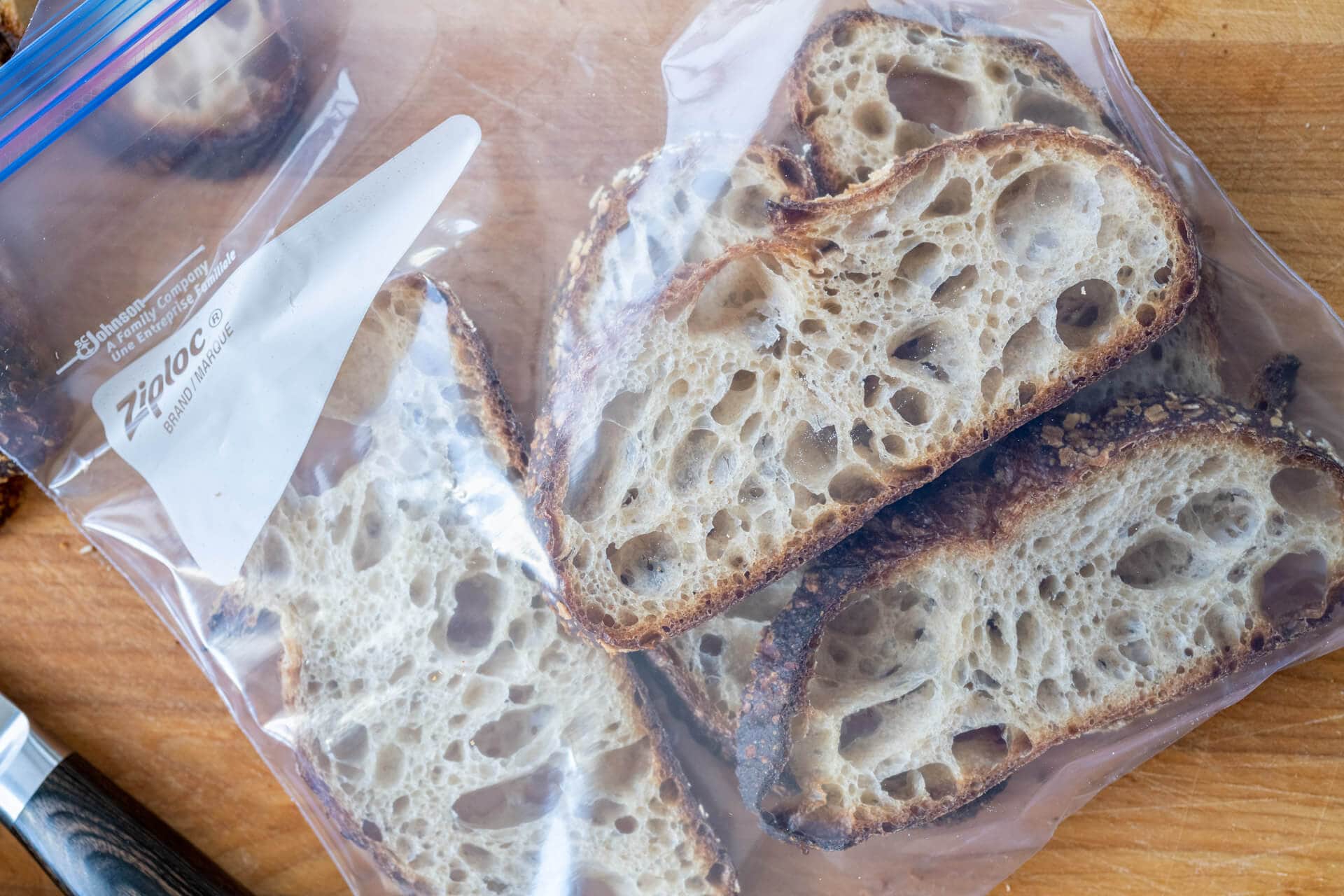

Articles
How To Store A Loaf Of Sourdough
Modified: August 28, 2024
Learn the proper way to store your freshly baked loaf of sourdough with these helpful articles. Keep your bread fresh and delicious for longer!
(Many of the links in this article redirect to a specific reviewed product. Your purchase of these products through affiliate links helps to generate commission for Storables.com, at no extra cost. Learn more)
Introduction
So you’ve just baked a beautiful loaf of sourdough bread. The crust is golden and crispy, the inside is soft and chewy, and the aroma is irresistible. But what’s the best way to store your sourdough bread to keep it fresh and delicious for as long as possible?
In this article, we will guide you through the process of storing a loaf of sourdough bread to maintain its quality and extend its shelf life. Whether you bought the bread from a bakery or made it yourself, proper storage is essential to preserve its flavor and texture.
Sourdough bread is unique compared to other types of bread due to its natural fermentation process. It contains live yeast and beneficial bacteria, which contribute to its distinct tangy flavor and improved digestibility. However, this also means that proper storage is crucial to maintain the bread’s freshness.
With the right container, wrapping technique, and storage temperature, you can keep your sourdough bread tasting as good as the day it was baked. Let’s delve into the details of each step to ensure you can savor your doughy masterpiece for days to come.
Key Takeaways:
- Properly wrapping and storing sourdough bread in an airtight container or bread box at room temperature can maintain its freshness for 2-3 days, ensuring you enjoy its soft and chewy texture.
- Freezing sourdough bread in multiple layers of protection can extend its shelf life for up to three months, allowing you to savor the taste of homemade sourdough whenever you desire.
Read more: How To Store A Loaf Of Bread
Choosing the Right Container
When it comes to storing a loaf of sourdough bread, choosing the right container is key. The container you select should provide optimal airflow while protecting the bread from moisture and other elements that can degrade its quality.
One of the best options for storing sourdough bread is an airtight container made of food-safe material such as plastic or glass. These containers help to maintain the bread’s moisture level without allowing excess air or moisture in.
Alternatively, you can also use a bread bin or a bread box, which provides a slightly more breathable environment for the bread. The vents or perforations in these containers allow some air circulation, preventing the bread from becoming too moist and developing mold.
When choosing a container, make sure it is large enough to accommodate the size of your sourdough loaf. It should have enough space for the bread to breathe without getting squished or compressed.
It’s important to avoid storing sourdough bread in plastic bags, as they can trap moisture and lead to a soggy texture. Likewise, storing bread in paper bags can cause excessive drying and make the crust lose its crispy texture.
Remember, the container you choose should strike a balance between providing adequate airflow and protecting the bread from excess moisture. This will help to maintain its texture and flavor for an extended period.
Wrapping the Sourdough Loaf
Properly wrapping your sourdough loaf is essential to maintain its freshness and prevent it from drying out or becoming stale. The right wrapping technique will help to preserve the bread’s moisture and keep it soft and delicious.
When wrapping your sourdough loaf, start by using parchment paper or wax paper. These materials will create a barrier between the bread and the wrapping, preventing moisture loss while allowing the bread to breathe.
Begin by placing the sourdough loaf on the parchment paper and gently fold the paper over the top of the loaf. Make sure it is snug but not too tight to avoid squishing the bread. Then, fold in the sides of the paper and continue wrapping until the entire loaf is securely covered.
If you don’t have parchment paper or wax paper, you can also use a clean kitchen towel or a cloth bag to wrap the loaf. Just make sure the cloth is fresh and free from any strong odors that may transfer to the bread.
Another useful technique for wrapping a sourdough loaf is to double-wrap it. This involves placing the wrapped loaf inside a plastic bag or a zip-top bag. The bag provides an additional layer of protection against moisture loss and helps to maintain the loaf’s freshness.
Whether you choose parchment paper, a cloth bag, or a double-wrap method, make sure the wrapping is done firmly but not too tightly. The goal is to keep the bread fresh without compressing it or altering its shape.
By properly wrapping your sourdough loaf, you can extend its shelf life and enjoy it for several days without sacrificing its taste or texture.
Storing at Room Temperature
Storing your sourdough loaf at room temperature is a convenient and simple option, especially if you plan to consume it within a few days. However, it’s important to store it properly to maintain its freshness and quality.
When storing sourdough bread at room temperature, keep it in a cool and dry place away from direct sunlight. Heat and moisture can accelerate the growth of mold and make the bread go stale faster.
If your loaf is already wrapped in parchment paper or a cloth bag, you can place it on the kitchen counter or in a bread box. Make sure the storage area is well-ventilated to prevent the bread from becoming moist or developing a gummy texture.
It’s important to note that storing sourdough bread at room temperature will result in a shorter shelf life compared to refrigeration or freezing. Therefore, it’s best to consume the bread within 2-3 days to enjoy it at its freshest.
If you notice the bread becoming slightly dry after a day or two, you can revive it by lightly spraying the crust with water and warming it in a preheated oven for a few minutes. This will help to freshen up the texture and taste.
Remember to check the bread regularly for any signs of mold or spoilage. If you notice any, it’s best to discard the loaf to avoid any potential health risks.
Storing sourdough bread at room temperature is ideal if you plan to consume it quickly and want to enjoy its soft and chewy texture. Just make sure to monitor its freshness and consume it within a few days for the best experience.
Store your sourdough loaf in a paper bag or bread box at room temperature for up to 2 days. For longer storage, wrap it in a clean kitchen towel and place it in a plastic bag in the freezer.
Storing in the Refrigerator
If you want to extend the shelf life of your sourdough bread, storing it in the refrigerator is a great option. The cooler temperature helps to slow down the staling process and maintain the bread’s freshness for a longer period.
Before refrigerating your sourdough loaf, ensure that it is properly wrapped in parchment paper, a cloth bag, or double-wrapped with a plastic bag. This will help to prevent moisture loss and keep the bread from picking up any odors from other food items in the fridge.
Place the wrapped loaf in the refrigerator, preferably on one of the middle shelves where the temperature is the most consistent. Avoid storing it near items that may release moisture, as this can cause the bread to become soggy.
It’s important to note that refrigeration can cause the bread to lose some of its moisture. To combat this, you can lightly spritz the crust with water before wrapping it or storing it in a resealable plastic bag with a damp paper towel.
When stored in the refrigerator, sourdough bread can stay fresh for up to a week. However, keep in mind that the texture of the bread may become slightly firmer as it absorbs moisture from the cool environment.
When you’re ready to enjoy the refrigerated sourdough bread, you can either consume it cold or warm it up in the oven. Preheat the oven to a low temperature (around 300°F/150°C), and then place the bread directly on the oven rack or in a baking dish. Heat it for a few minutes until it reaches your desired warmth.
Remember to slice the bread right before serving to maintain its texture and prevent excessive moisture loss.
Storing sourdough bread in the refrigerator is an excellent option if you want to extend its shelf life while maintaining its quality. Just be aware of the potential firming of the texture and take the necessary steps to keep the bread moist.
Read more: How To Store Sourdough Bread
Freezing the Sourdough Loaf
If you want to keep your sourdough bread fresh for an extended period, freezing is a reliable method. Freezing can significantly prolong the shelf life of the bread, allowing you to enjoy it at your convenience.
Before freezing your sourdough loaf, ensure that it is properly wrapped in multiple layers of protection to prevent freezer burn and maintain its moisture. Start by wrapping the loaf tightly in plastic wrap or aluminum foil to create an airtight seal.
Next, place the wrapped loaf in a resealable plastic bag to provide an extra layer of protection. Squeeze out any excess air from the bag before sealing it to minimize the risk of freezer burn.
Label the bag with the date of freezing to keep track of its storage time. This will help you prioritize the bread and ensure you consume the oldest loaf first.
When freezing sourdough bread, it is essential to do so as quickly as possible after it has cooled down. This will help preserve the bread’s texture and prevent it from becoming too dry.
Frozen sourdough bread can last for up to three months in the freezer, although it is best to consume it within the first month for optimal freshness. Keep in mind that as the bread thaws, its texture may change slightly, becoming a bit denser.
When you’re ready to enjoy the frozen sourdough bread, remove it from the freezer and let it thaw at room temperature. It’s important to keep the bread wrapped during the thawing process to prevent it from drying out.
Avoid microwaving the bread to thaw it quickly, as this can result in uneven heating and a loss of texture. Instead, be patient and allow the bread to thaw naturally. Once it is completely thawed, you can warm it in the oven for a few minutes to revive the crust and restore its freshness.
To prevent wasting any excess bread, you can slice the loaf before freezing it. This allows you to take out individual slices as needed without thawing the entire loaf.
Freezing sourdough bread is a fantastic way to keep it fresh for an extended period. By following the proper wrapping and thawing techniques, you can enjoy the taste of homemade sourdough whenever you desire.
Thawing and Reheating
Once you’ve frozen your sourdough bread and are ready to enjoy it, it’s essential to thaw and reheat it properly to retain its delicious taste and texture.
To thaw frozen sourdough bread, remove it from the freezer and leave it at room temperature. Keep the bread wrapped during the thawing process to prevent it from drying out. Depending on the size of the loaf, it may take a few hours or overnight to thaw completely.
It’s important not to rush the thawing process by using a microwave or immersing the bread in warm water. These methods can lead to uneven thawing, loss of texture, and potentially soggy bread.
Once the sourdough bread is fully thawed, it’s time to reheat it to restore its freshness and warmth. Preheat your oven to a low temperature, around 300°F (150°C).
If you want to revitalize the crust and bring back some of the bread’s natural moisture, lightly spray the surface with water before placing it in the oven.
Remove the wrapping and place the loaf directly on the oven rack or on a baking sheet. If you prefer a softer crust, you can loosely wrap the loaf in aluminum foil.
Heat the bread in the preheated oven for about 10-15 minutes or until it reaches your desired level of warmth. Keep a close eye on the loaf to avoid overbaking or drying it out.
Once reheated, you can enjoy your sourdough bread as you would fresh-baked bread. Slice it, toast it, or use it as the base for sandwiches or to soak up delicious sauces.
Remember that reheated sourdough bread may have a slightly denser texture compared to when it was fresh. However, with the right thawing and reheating process, you can still enjoy its wonderful flavor and softness.
If you find yourself with more bread than you can consume at once, you can also freeze individual slices. This way, you can take out only what you need and enjoy freshly thawed bread whenever you desire.
Thawing and reheating frozen sourdough bread properly ensures that it retains its taste and texture, offering a delightful experience with every bite.
Frequently Asked Questions about How To Store A Loaf Of Sourdough
Was this page helpful?
At Storables.com, we guarantee accurate and reliable information. Our content, validated by Expert Board Contributors, is crafted following stringent Editorial Policies. We're committed to providing you with well-researched, expert-backed insights for all your informational needs.
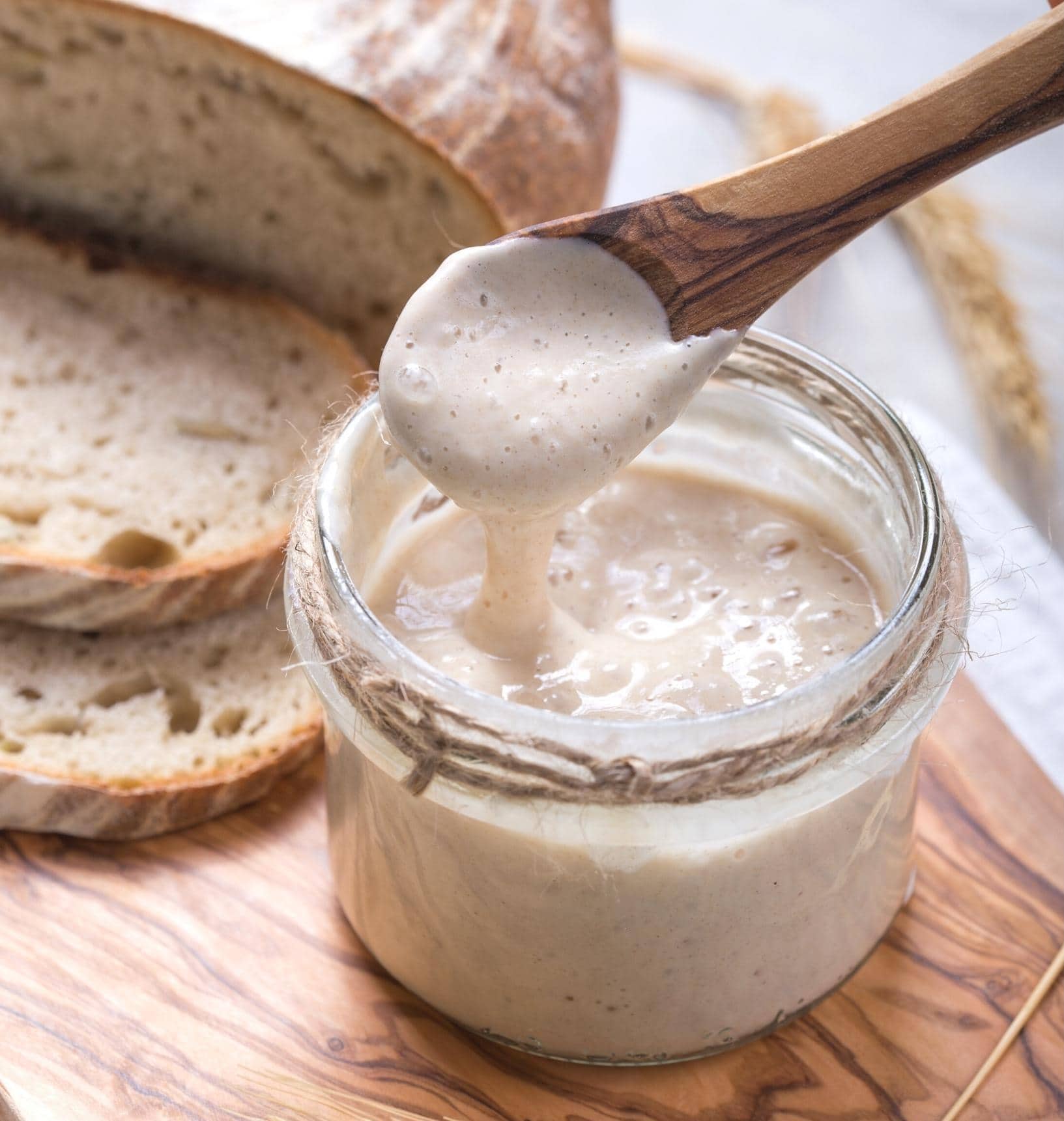
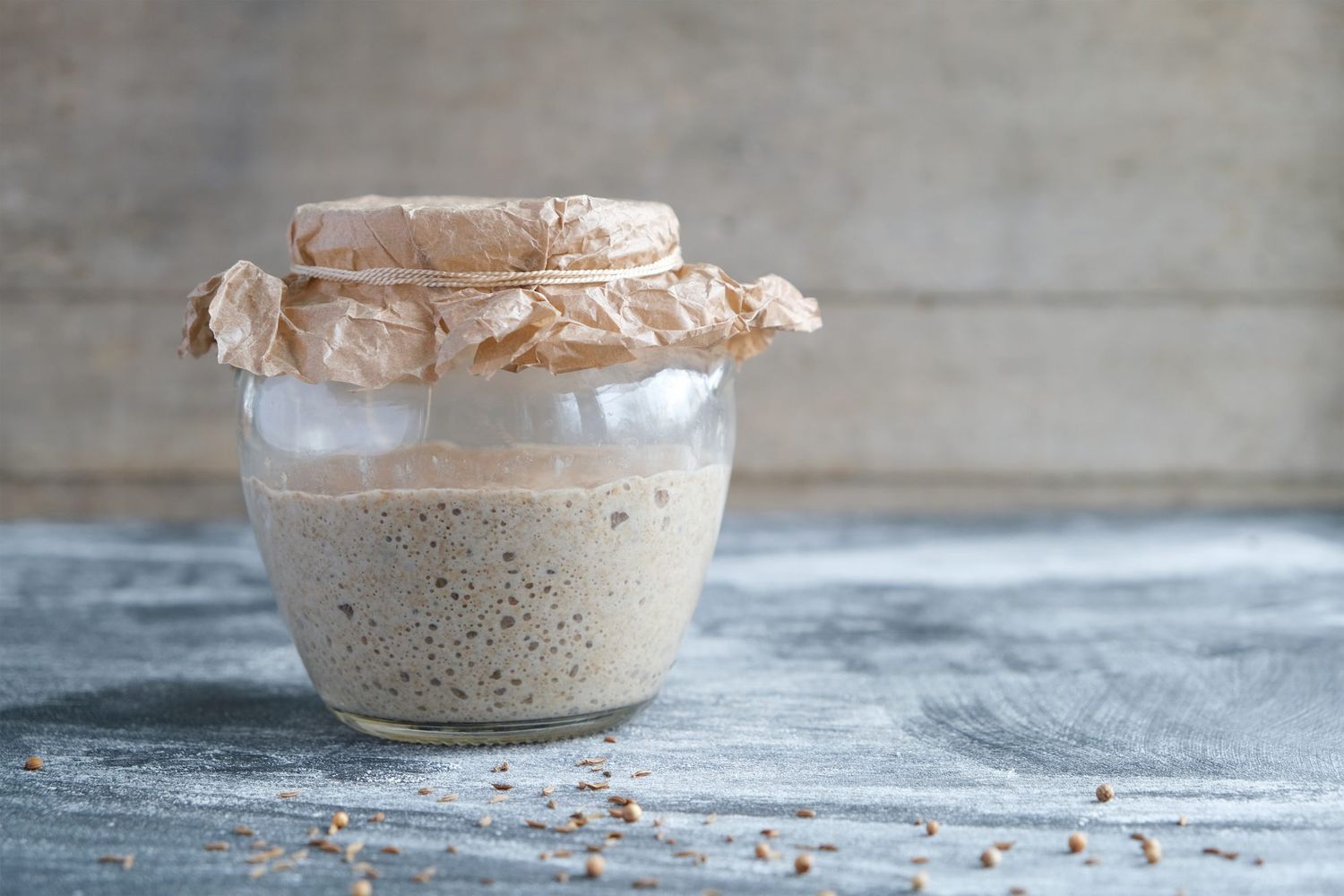
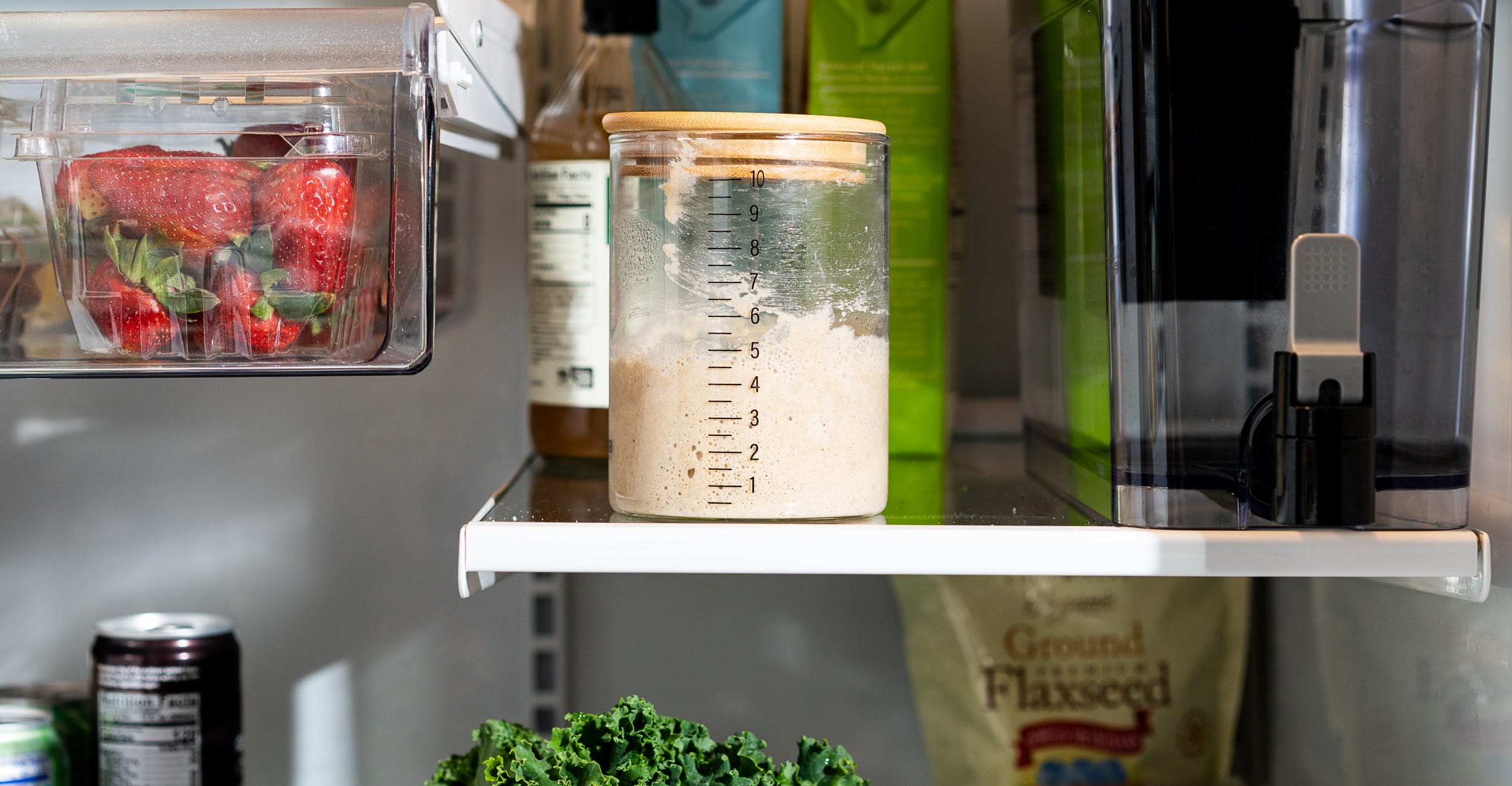


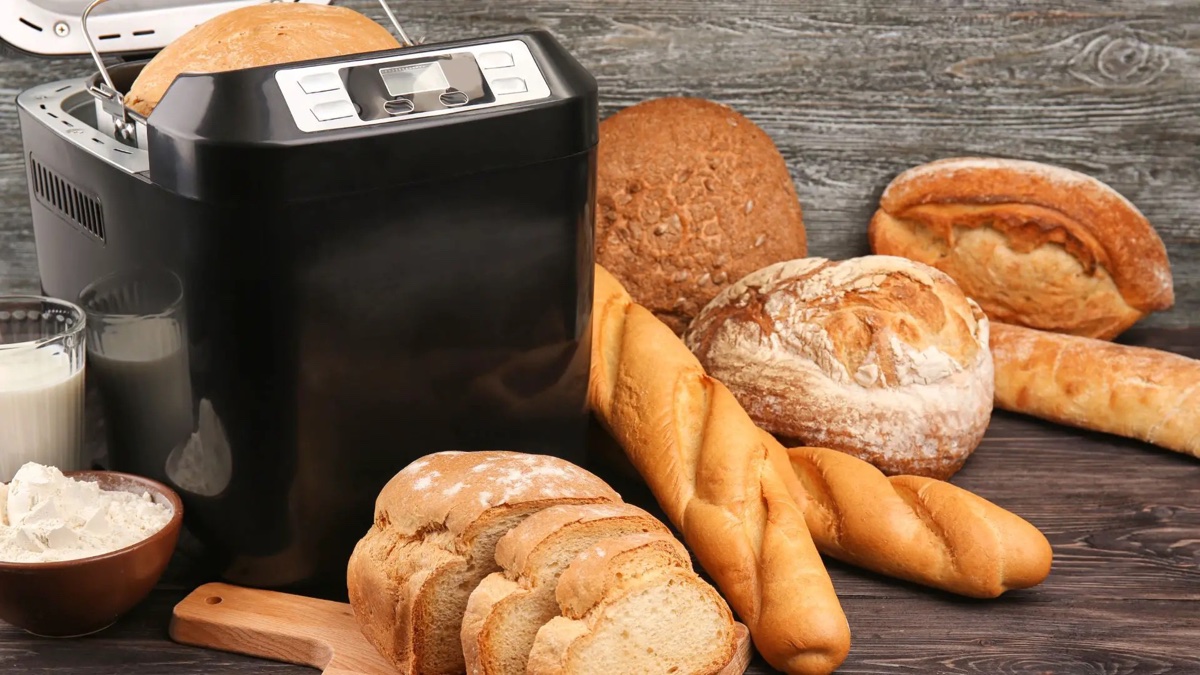
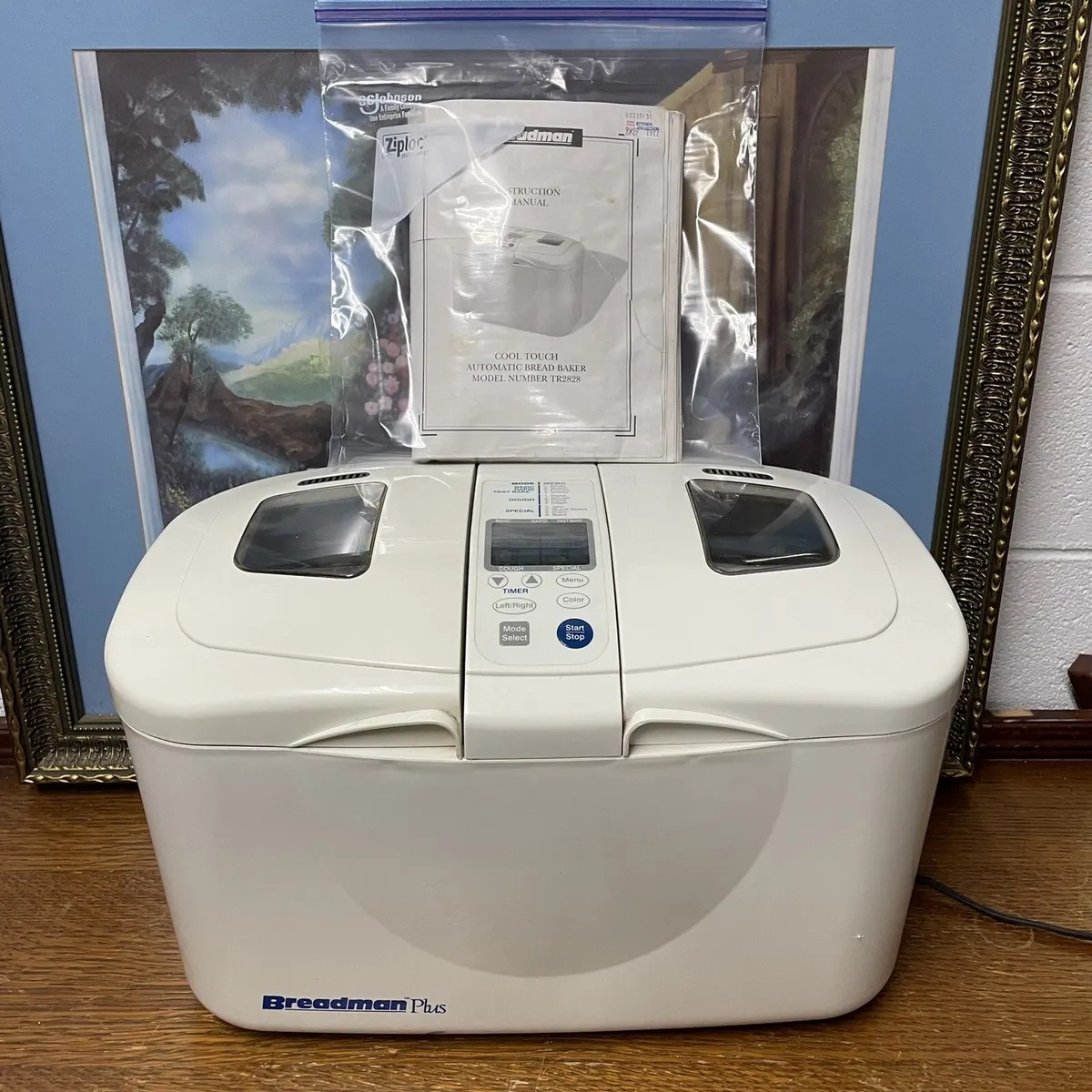
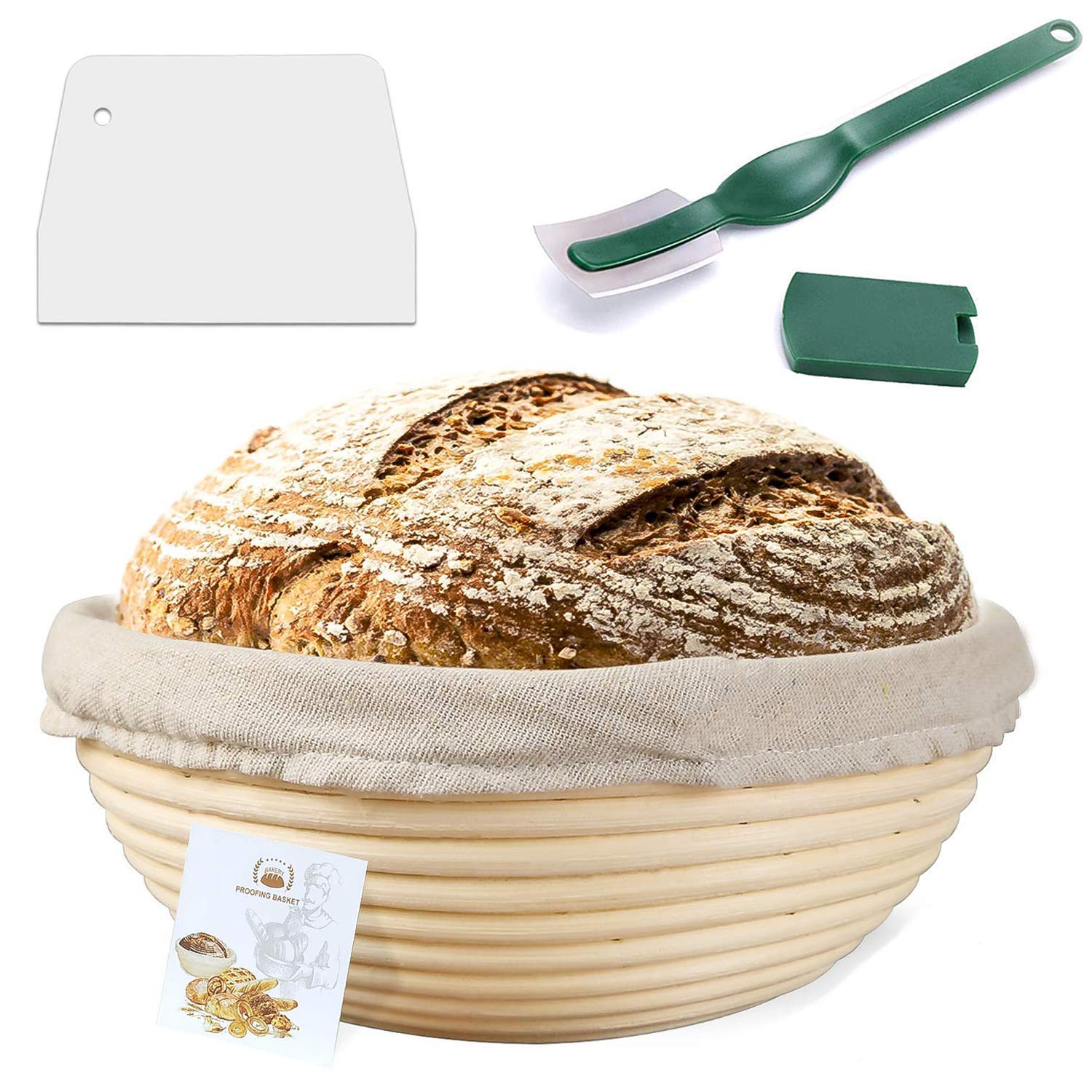
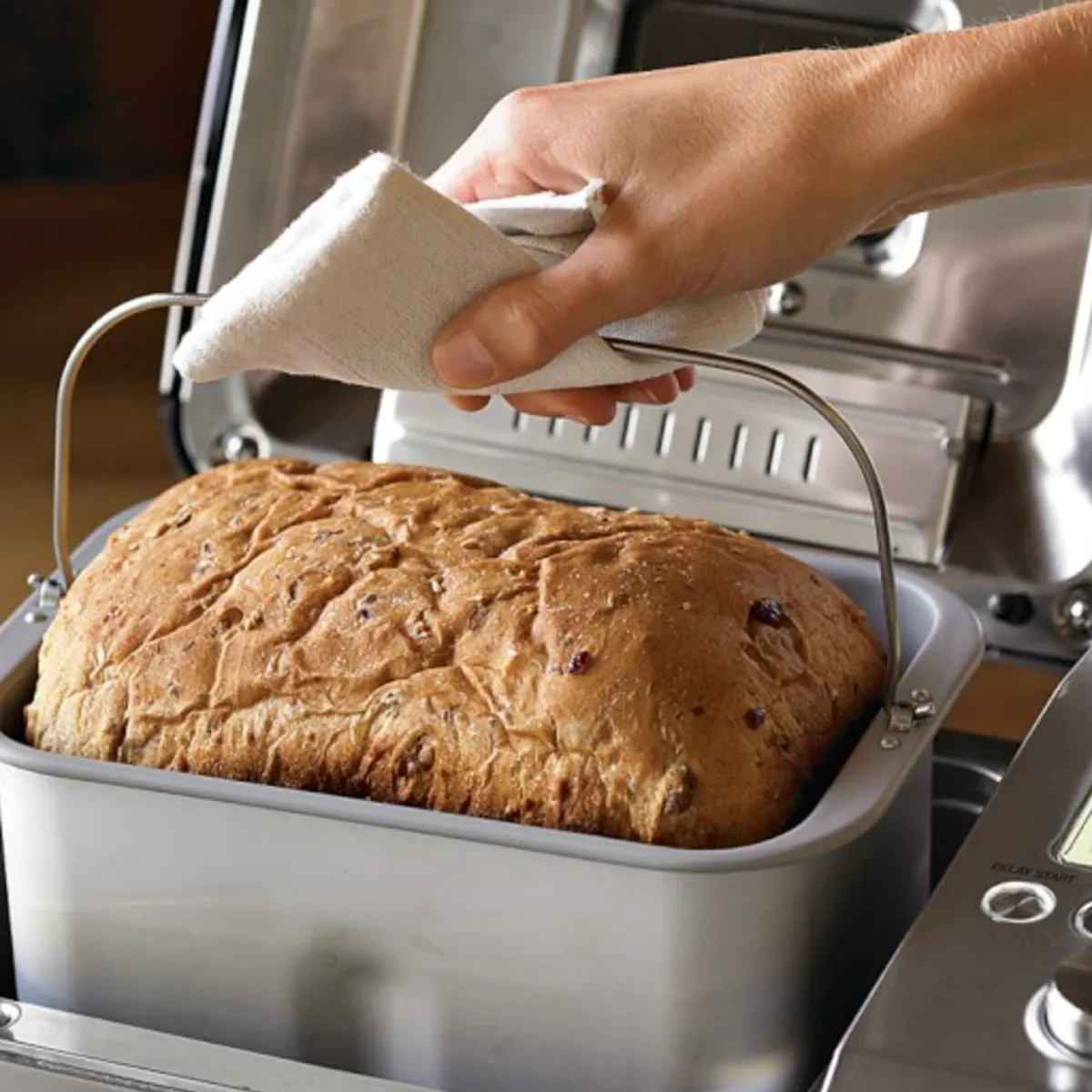
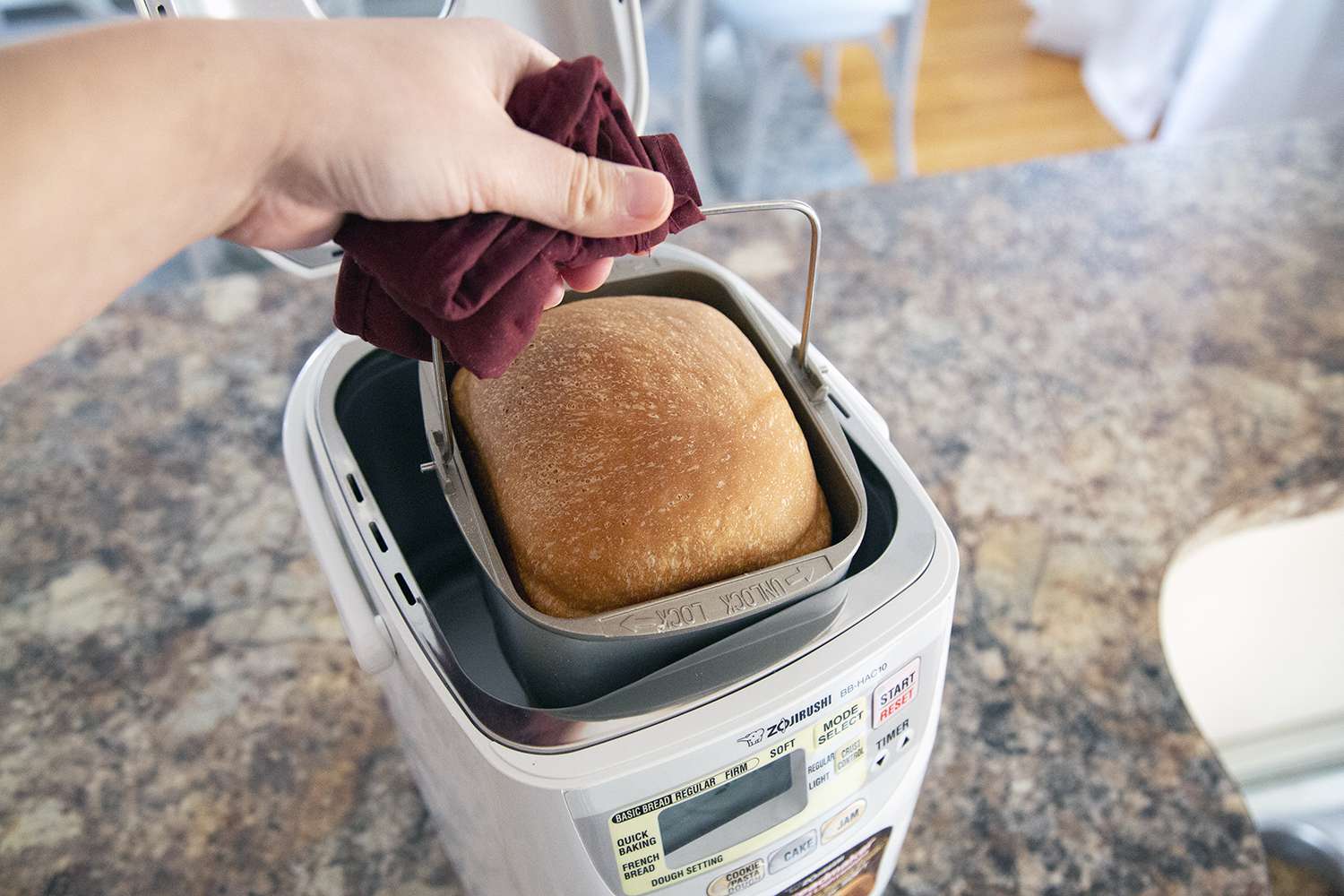





0 thoughts on “How To Store A Loaf Of Sourdough”